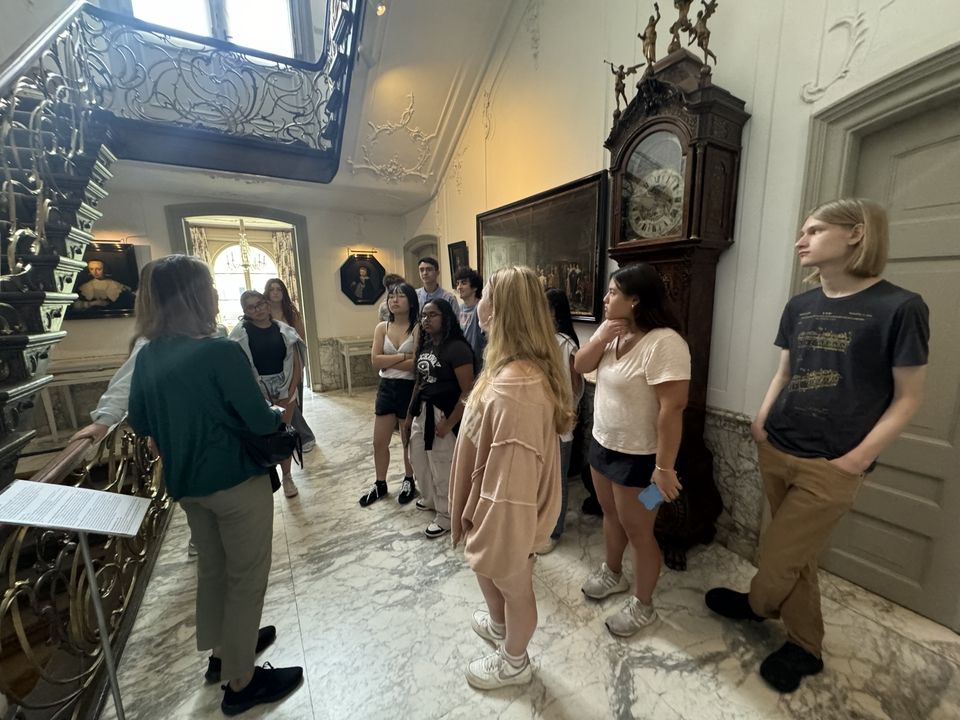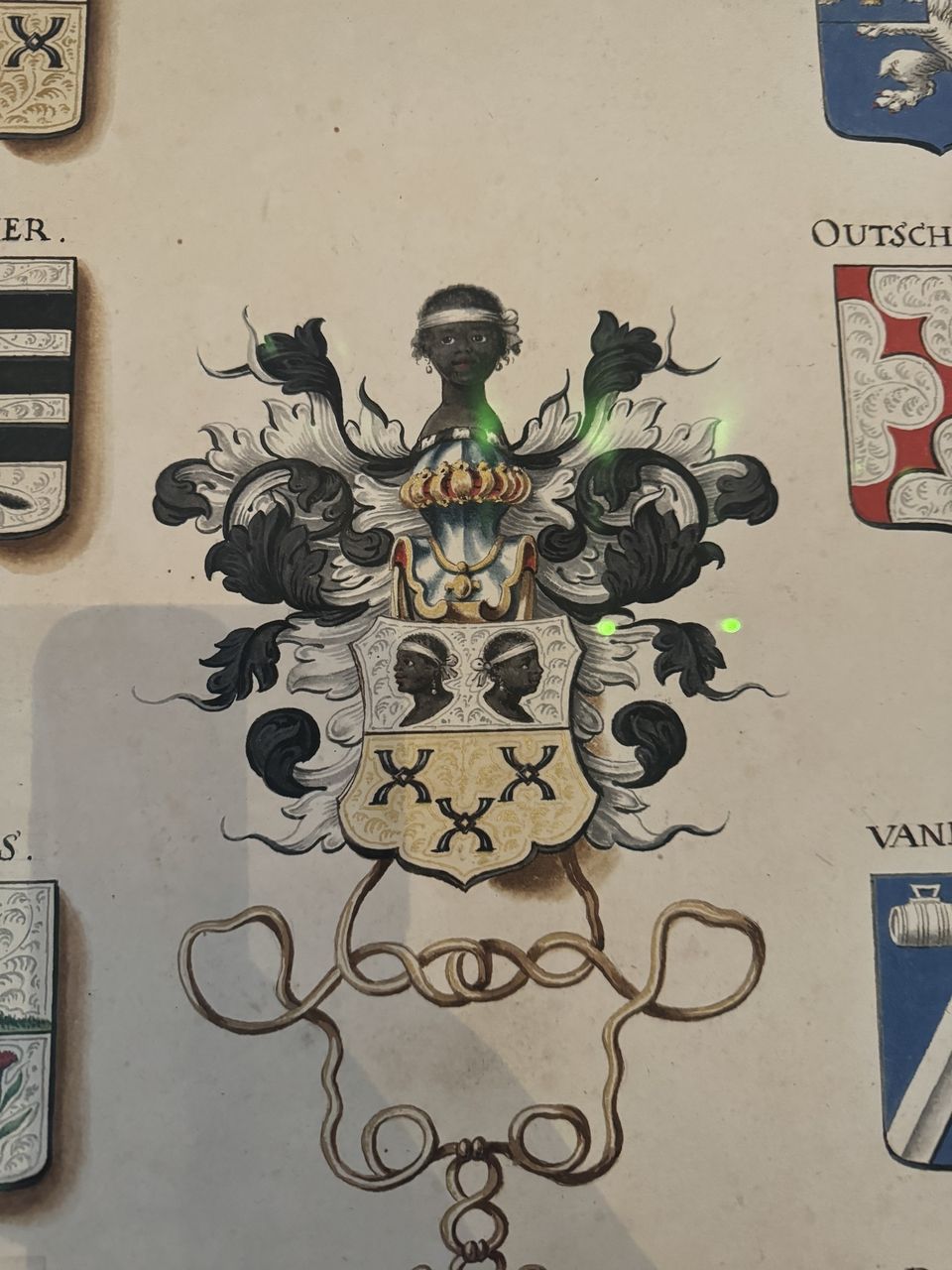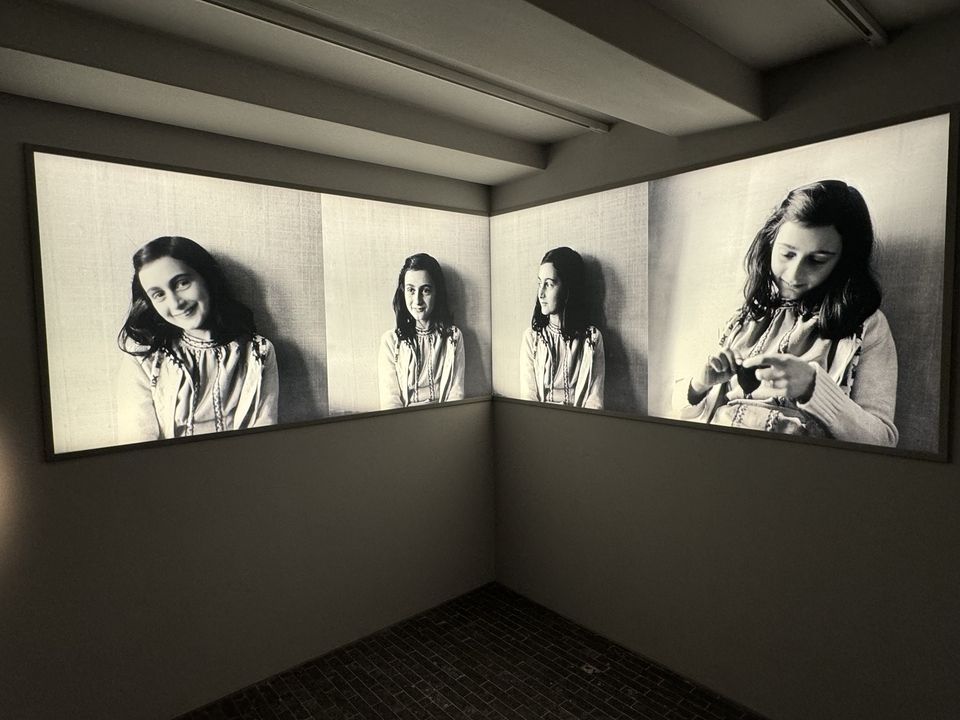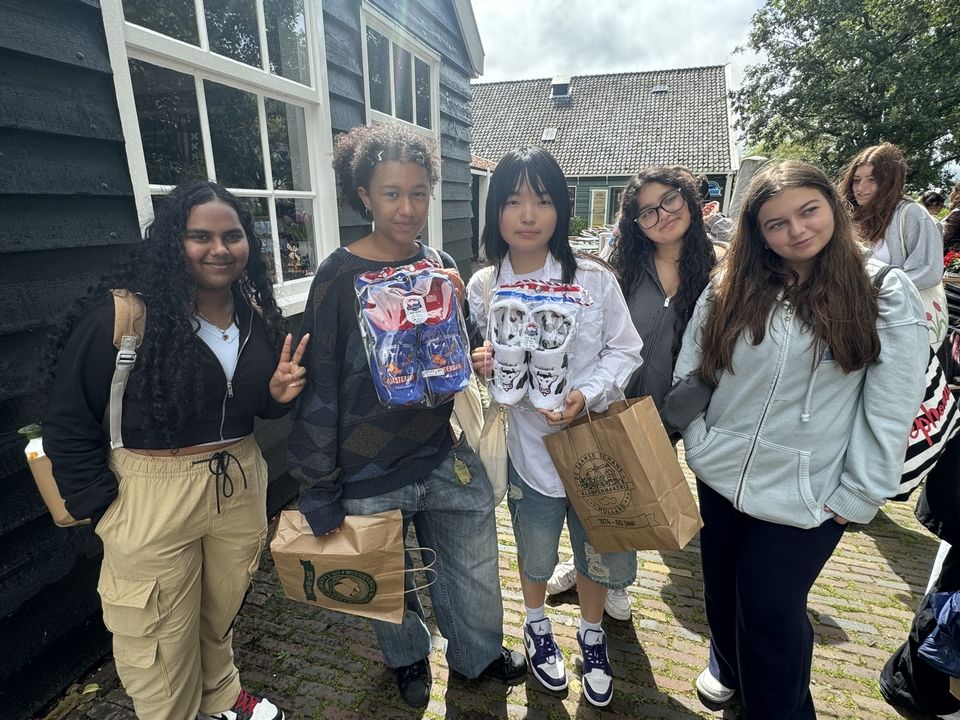Uncovering Dutch History - The Good and the Bad
This week was filled with student reflection, uncovering Dutch history, and learning more about marginalized communities within the Netherlands. Students appreciated the act of uncovering Dutch history that is less commonly understood among tourists/visitors.
Earlier this week, students got to visit the Van Loon museum with their Dutch teacher, Mariana! The Van Loon museum was an amazing opportunity to learn more about Dutch imperialism and the astronomical wealth attained by one family in Amsterdam as a result of the slave trade in Suriname. Students reflected deeply on the affects of colonialism and made connections to slave history in the United States.



Additionally, students toured the Anne Frank museum this week. The weather was rather fitting as it was a dark, rainy, and gloomy day. Nonetheless, students made the best of the situation and truly immersed themselves in the history of Anne Frank in her family, truly speculating and conversing amongst themselves of the tragedies that Anne Frank went through as a young Jewish girl during WW2 living only through her diaries. It was spectacular to imagine an Amsterdam with a population of 80,000 Jews in 1949 - and devastating to see how few Jews there are left as a result of the Nazi occupation.


We ended the week on a much higher note by traveling to Zaanse Schans, which is a beautiful and historic windmill community just outside of Amsterdam. Students visited local museums to learn about clog manufacturing and chocolate making in the region. Everyone was in awe at the windmills and charming Dutch charm of this little village.


Please reference Sia's and Julia's posts for more information on what we did this week!
Related Posts
Weekend Getaway in Rotterdam!
Students and PL's embarked on a 1 hour train ride from Amsterdam to Rotterdam to explore a new city strategically focused on sustainability. Everyone was immediately captivated by how different... keep reading
Adventure to Rotterdam
This past weekend was a whrilwind! On Thursday we traveled from our beloved Amsterdam to Rotterdam, a more modern city south of Amsterdam. Our visit included a trip to the... keep reading
Cultural Experience: Stamppot
A to Z, Stamppots are Tasty We recently had the unique opportunity to immerse ourselves in Dutch culture by learning how to cook a traditional Dutch dinner—Stamppot. The delightful Caro... keep reading
